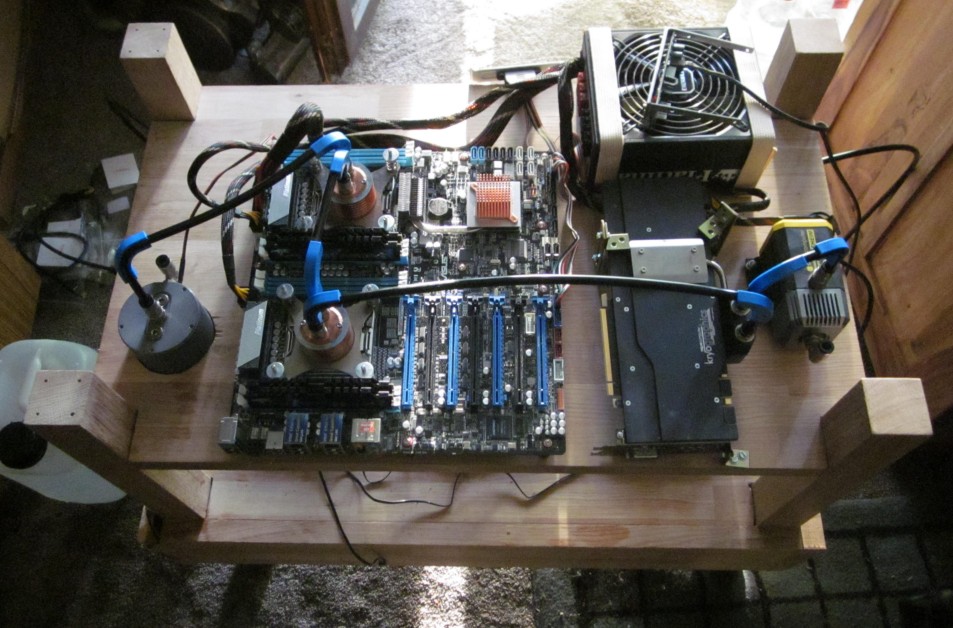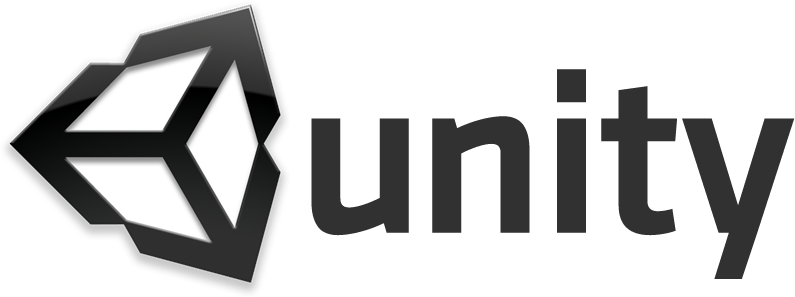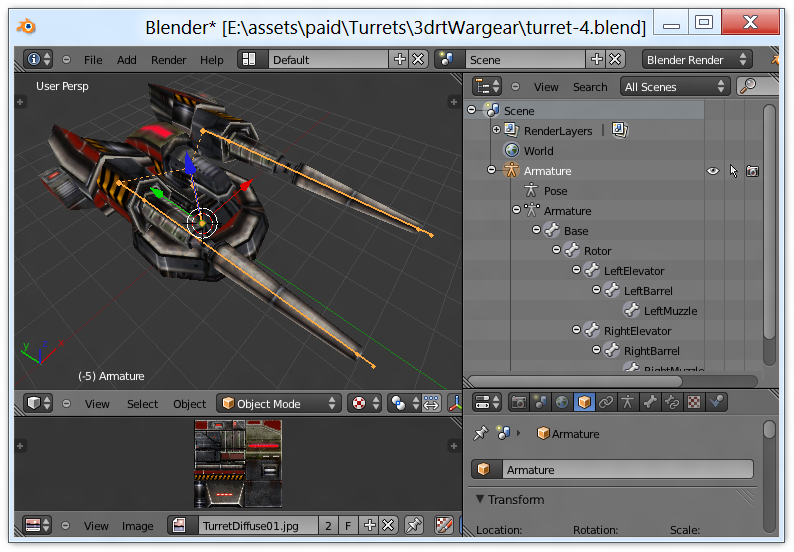This post has been sitting in my queue for a little too long, but maybe it helps someone out there. In 2016 I last upgraded my PC and went for a beefy system that would speed up my renders and game engine lighting builds (in this case, the more cores, the better).
I went for a dual socket motherboard and two Xeon CPUs rated at 130 Watts each. And I added the back then top-of-the-line GPU, an NVidia GeForce GTX 1080, rated at 180 Watts.

So how big should my PSU be?
Read More






